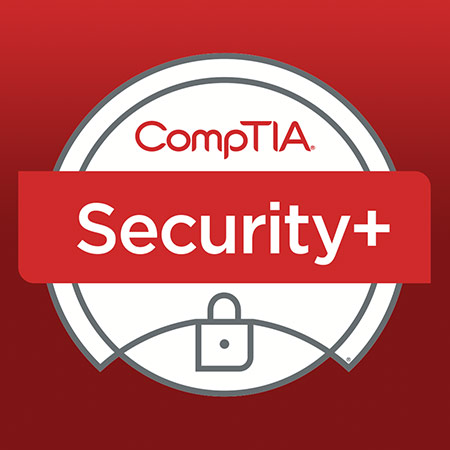I am working my way through the online course “Cert Prep: CompTIA Security+” by Michael Chapple. This is available on Lynda and LinkedIn Learning. These are my study notes- Section 1 – Threats, Attacks and Vulnerabilities 1.1 Malware 1.2 Understanding Attackers 1.3 Understanding Attack Types 1.4 Application Attacks 1.5 Vulnerability Scanning and Penetration Testing 1.6 Impact of Vulnerabilities Section…
Month: November 2019
Security+ Course – 2.8 Personnel Security
2.8.1 Personnel Security Your security programs should be built upon a solid policy foundation. Personnel security programs should be built upon educating employees about these policies and their individual roles in protecting the enterprise. As part of this program you should have explicit procedures that describe how you will handle violations to the security policy. This could involve management, cybersecurity…
Security+ Course – 2.7 Security Troubleshooting
2.7.1 Troubleshooting Authentication and Authorisation The use of unencrypted credentials is one of the most serious authentication security issues found on systems today. There is no excuse for this. Anyone eavesdropping on the network can intercept and view these plain text credentials. You can encrypt credentials at the application level by replacing protocols that run in cleartext with secure alternatives…
Security+ Course – 2.6 Security Assessment Tools
2.6.1 Protocol Analysers Protocol Analysers allow administrators to peer into the packets travelling on a network and inspect them in deep detail. This is very useful when trying to troubleshoot network issues or investigate security incidents. Wireshark intercepts traffic and converts that binary traffic into human-readable format. This makes it easy to identify what traffic is crossing your network, how…
Security+ Course – 2.5 Security and Monitoring Technologies
2.5.1 Correlating Security and Event Information Security Information and Event Management Systems (SIEM) These have 2 major functions: Central, secure collection point for logs. Administrators configure all serves, network devices and applications to send logs directly to the SIEM. It stores them in a secure fashion. They can apply AI techniques to correlate all of those logs and detect patters…
Security+ Course – 2.4 Wireless Networking
2.4.1 Wireless Networking WiFi standards are required so that any wireless device can connect to any wireless network around the world. WiFi uses transmitters and receivers in place of cables and connectors. WAPs (Wireless Access Points) connect wireless networks to wired networks. WiFi Standards 802.11 (1997) 2Mbps 802.11b (1999) 11 Mbps 802.11g (2003) 22 Mbps 802.11n (2009) 600 Mbps 802.11ac…
Security+ Course – 2.3 Managing Secure Networks
2.3.1 Firewall Rule Management Basic function of a firewall: someone from outside the network attempts to connect to a device inside the protected network firewall consults a ilst of rules maintained by the administrator if it finds a rule that matches the description of the attempted connection, it follows the action specified by that rule (it can allow it or…
Security+ Course – 2.2 Network Security Devices
2.2.1 Routers, Switches and Bridges Routers,switches and bridges are the building blocks of networks Switches A switch is hardware device on a network that connects devices on a network by using packet switching to receive and forward packets to its destination. Switches generally use MAC addresses to forward data at the Data Link layer (Layer 2). Some switches can forward…
Security+ Course – 2.1 TCP/IP
2.1.1 TCP/IP (Transmission Control Protocol/Internet Protocol) TCP/IP is a suite of communication protocols used to interconnect network devices on the internet. Internet Protocol Routes information across networks Provides an addressing scheme Delivers packets from source to destination Servers as a network layer protocol TCP & UDP These are transport layer protocols. TCP is responsible for the majority of internet traffic it…
